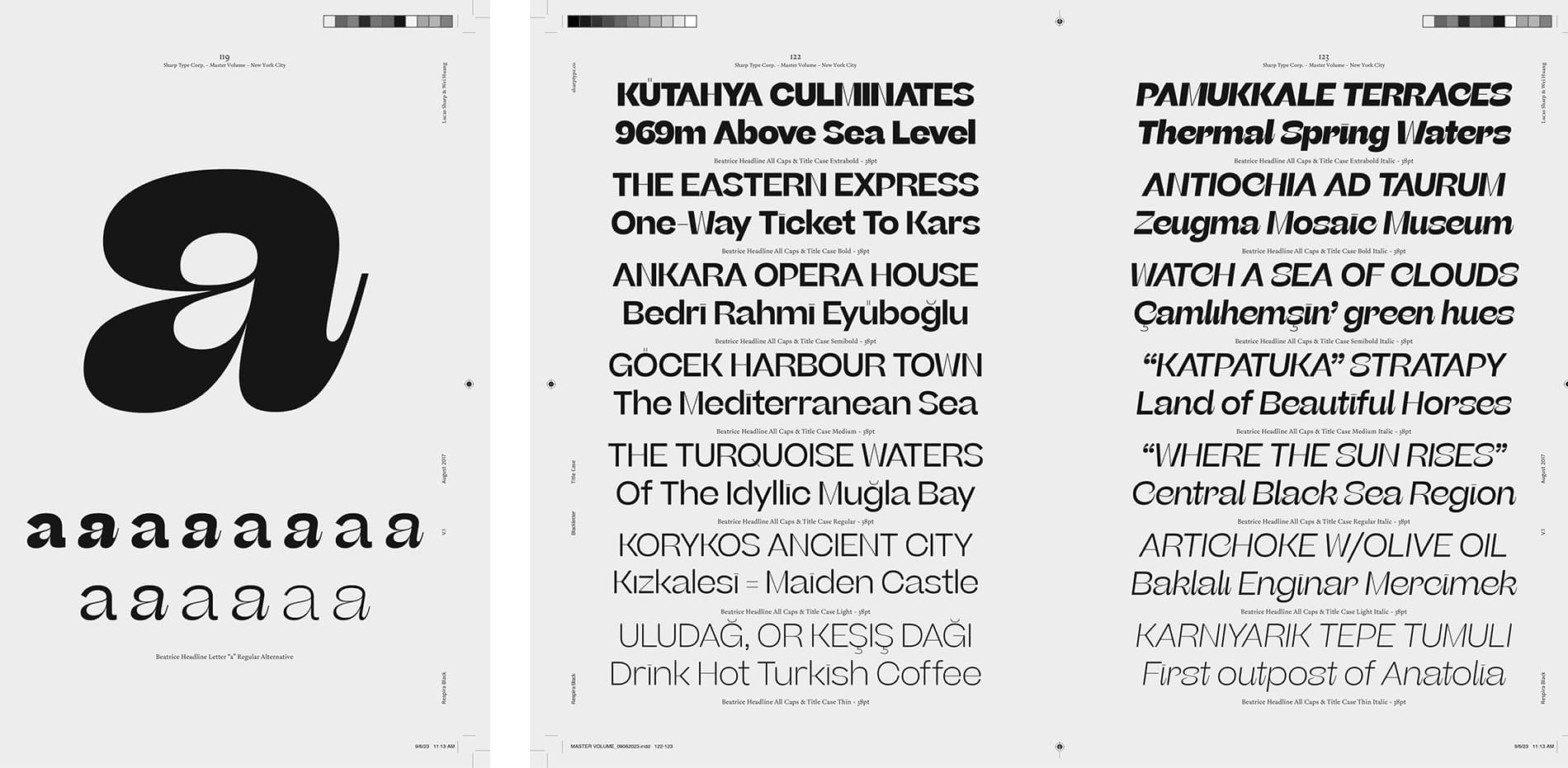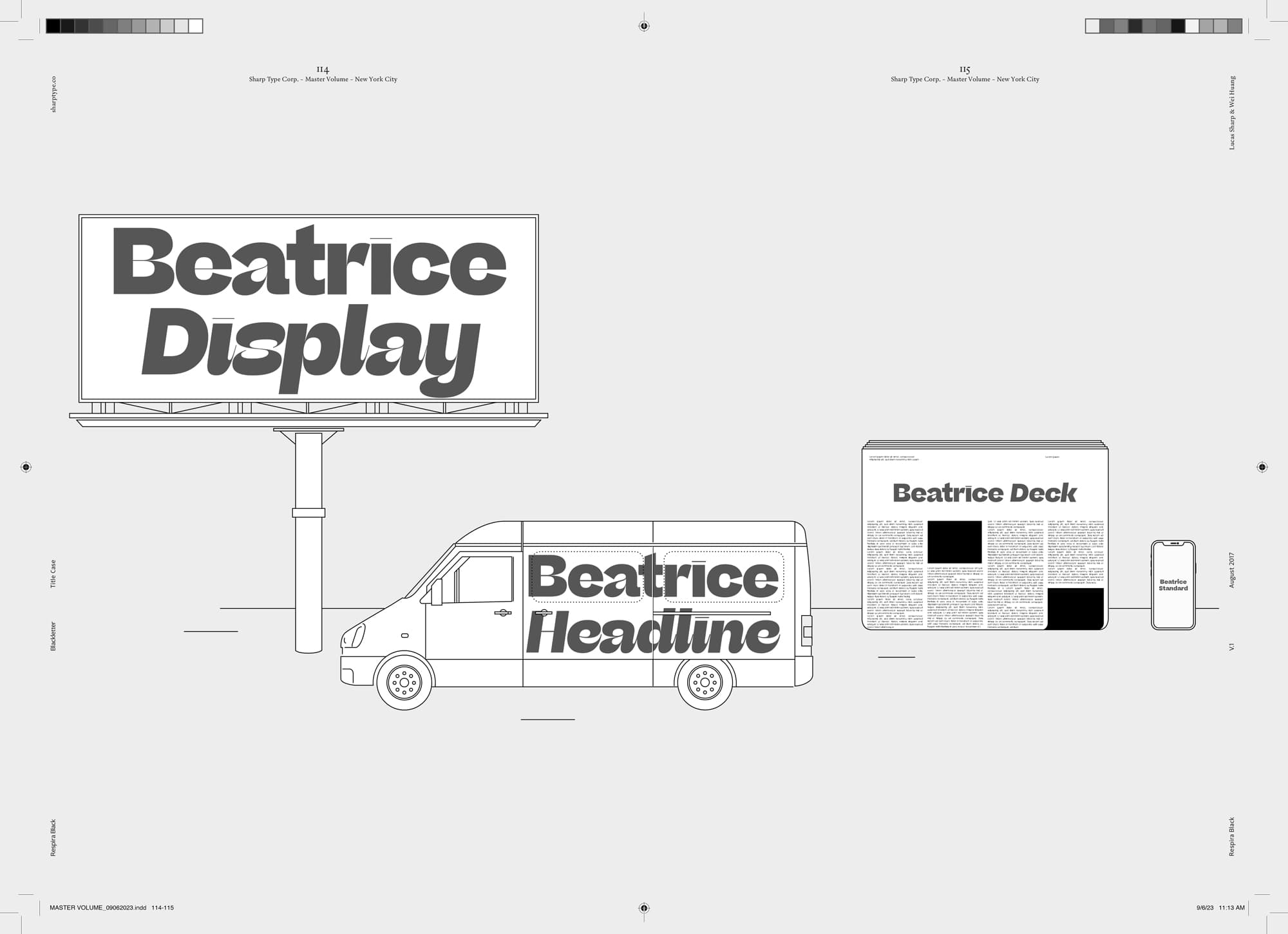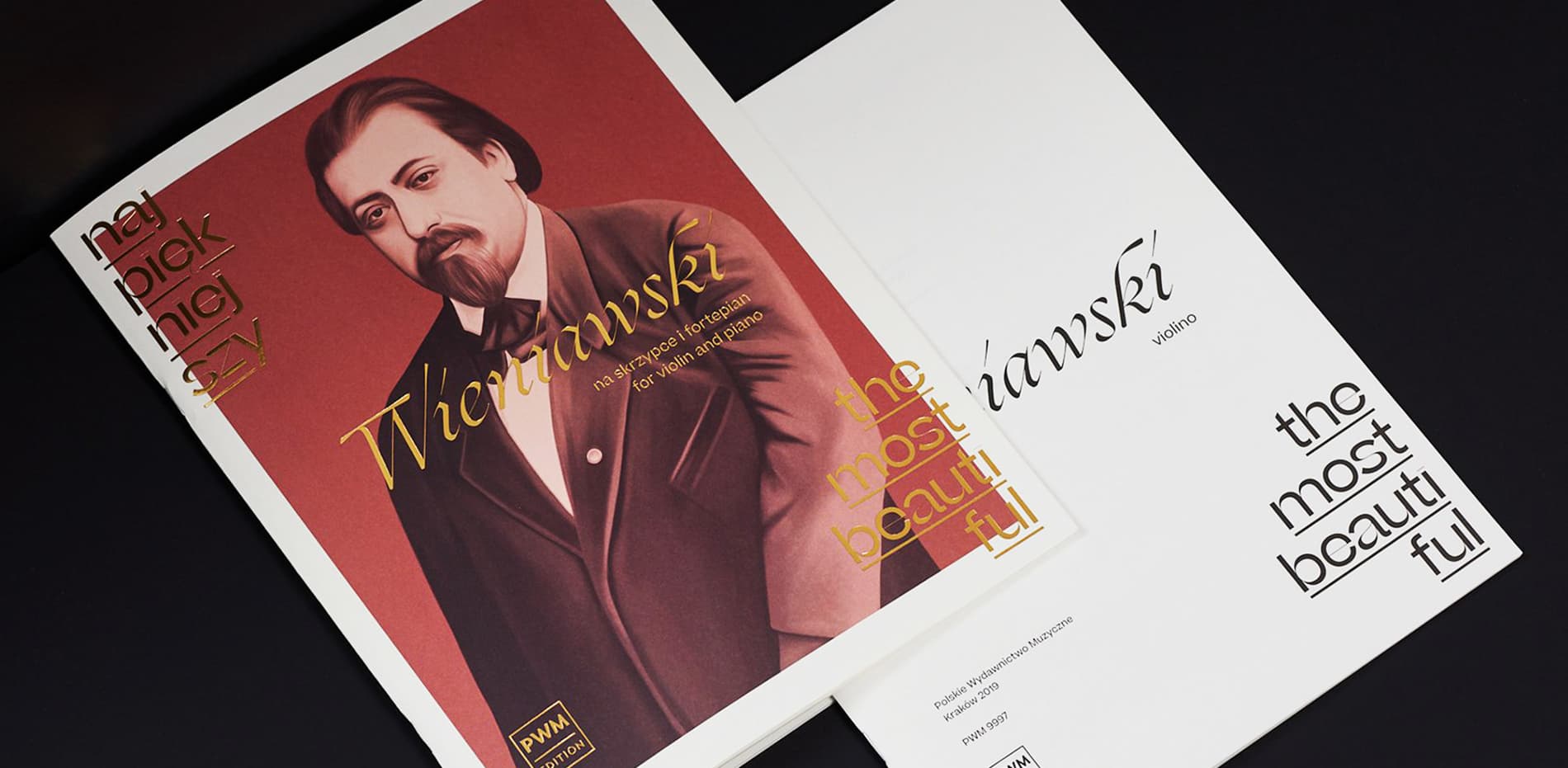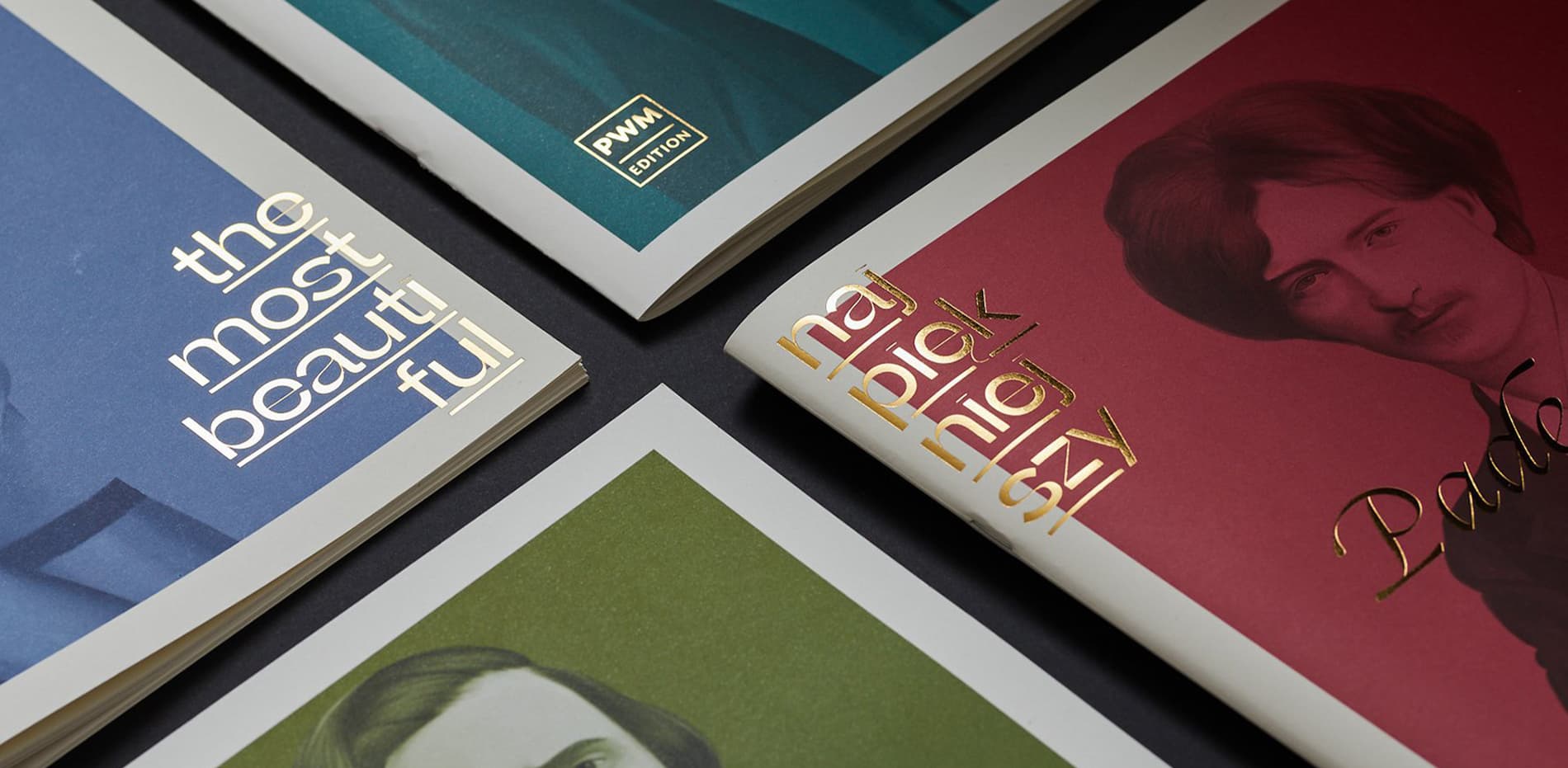Beatrice Headline
The Headline cut of Beatrice is ideal for the slightly smaller display and headline settings that Beatrice Display is unequipped to handle with its ultra-fine hairlines and delicate detailing. Beatrice Headline maintains the eye-catching curb-appeal of the Display cut, while allowing for a larger range of useful point sizes and applications. Beatrice Headline can also be used interchangeably with Display for a more casual mood.
AAAAAAA BBBBBBB CCCCCCC DDDDDDD EEEEEEE FFFFFFF GGGGGGG HHHHHHH IIIIIII JJJJJJJ KKKKKKK LLLLLLL MMMMMMM NNNNNNN OOOOOOO PPPPPPP QQQQQQQ RRRRRRR SSSSSSS TTTTTTT UUUUUUU VVVVVVV WWWWWWW XXXXXXX YYYYYYY ZZZZZZZ
Following the conquests of Alexander the Great which started the Hellenistic period, most of the ancient Anatolian regions were culturally Hellenized, and this continued during the Byzantine era. The Seljuk Turks began migrating to Anatolia in the 11th century, which started the Turkification process. The Seljuk Sultanate of Rum ruled Anatolia until the Mongol invasion in 1243, when it disintegrated into small Turkish principalities.[16] Beginning in the late 13th century, the Ottomans united the principalities and conquered the Balkans, while the Turkification of Anatolia further progressed during the Ottoman period. After Mehmed II conquered Constantinople (now Istanbul) in 1453, Ottoman expansion continued under Selim I. During the reign of Suleiman the Magnificent, the Ottoman Empire became a global power.
GGGGGGG
First a Christian cathedral, later a mosque, now a museum (since 1934).
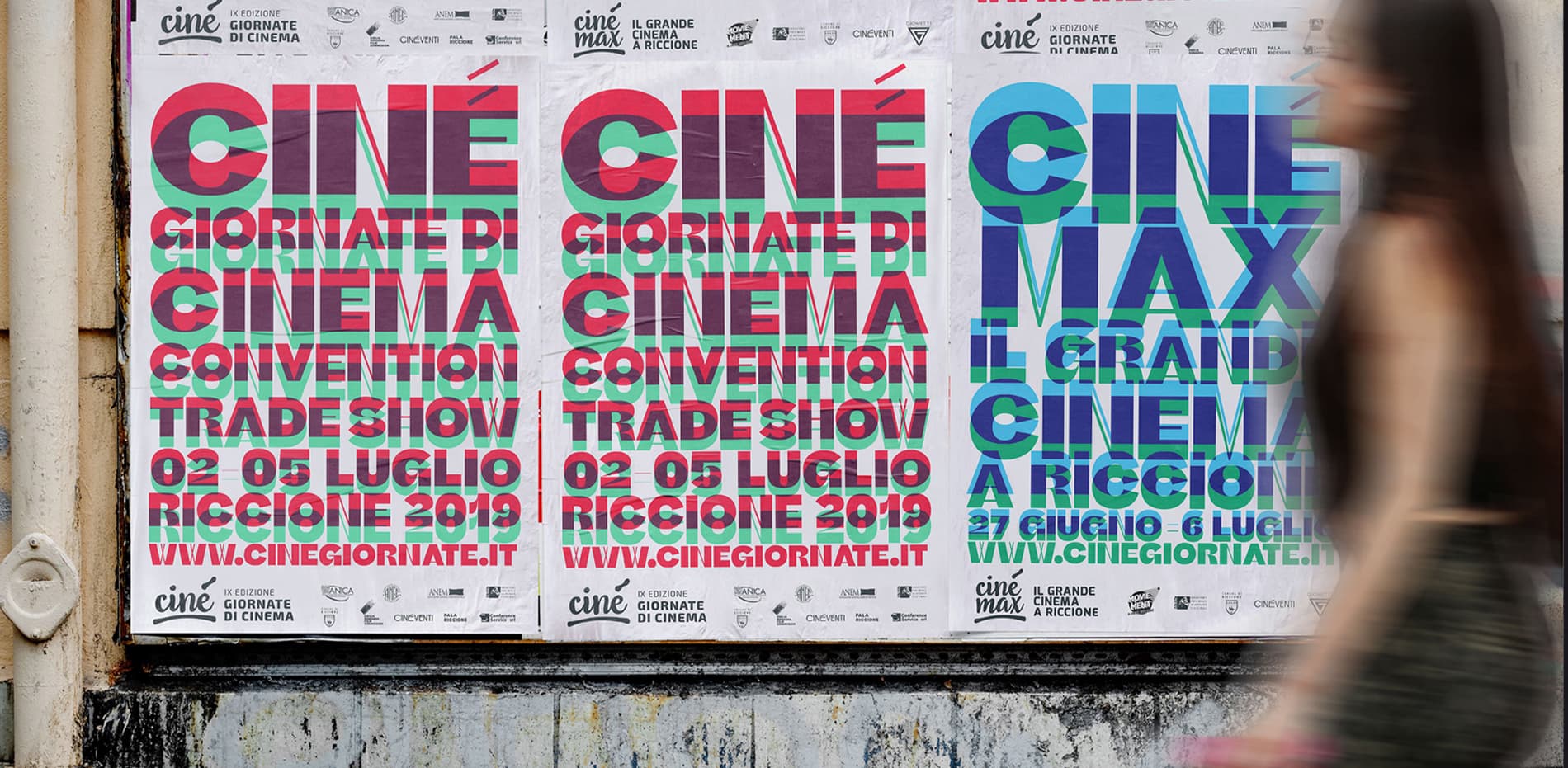
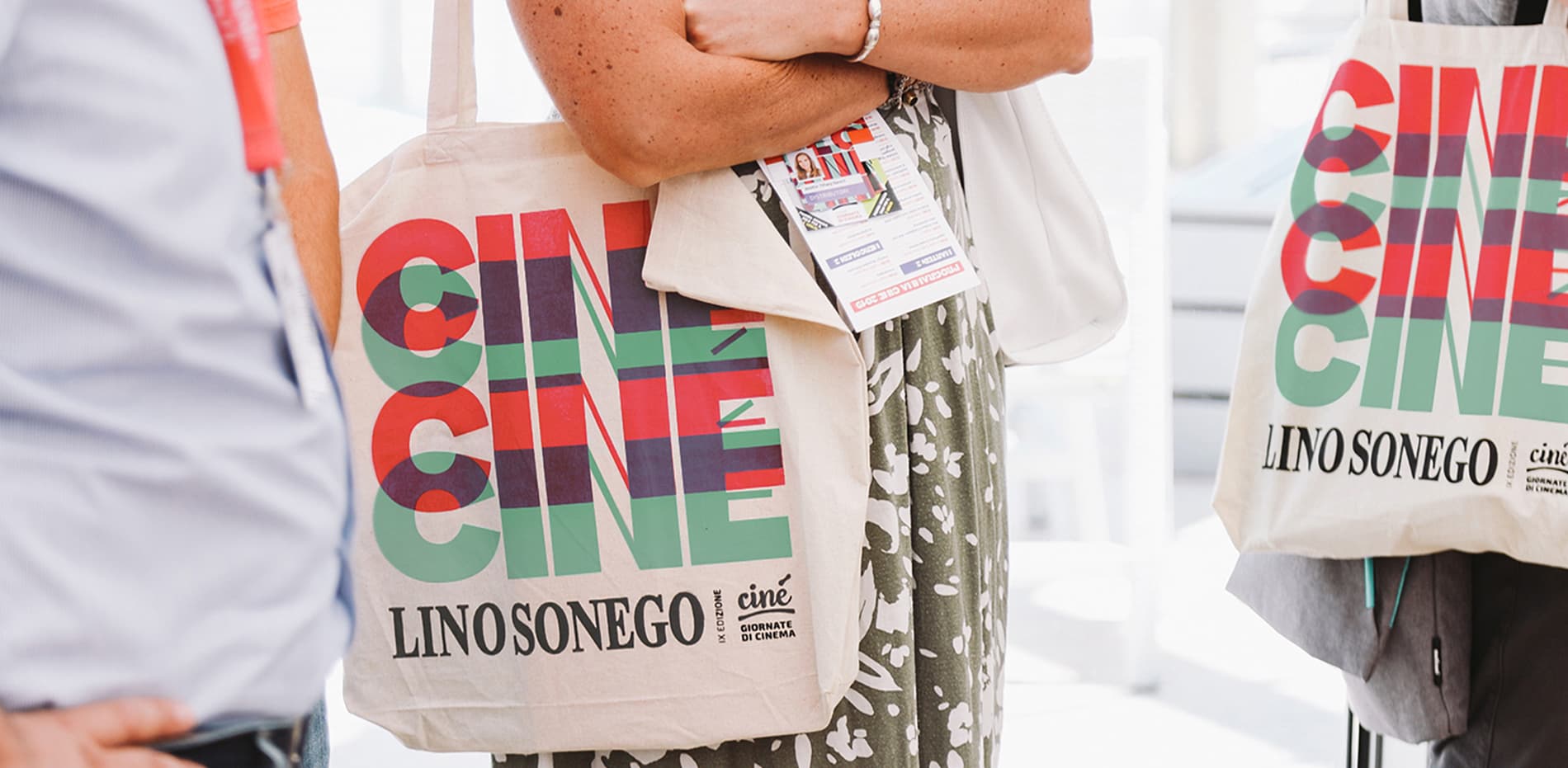
Turkey is a regional power with a geopolitically significant strategic location. The economy of Turkey, which is a founding member of the OECD and G20, is classified among the E7, EAGLEs and NICs, and currently ranks 19th-largest in the world by nominal GDP and 11th-largest by PPP. Turkey is a charter member of the United Nations, the IMF and the World Bank; a founding member of the OSCE, OIC, BSEC, ECO, MIKTA, TURKSOY and OTS; and an early member of NATO. After becoming one of the early members of the Council of Europe in 1950, Turkey became an associate member of the EEC in 1963, joined the EU Customs Union in 1995, and started accession negotiations with the European Union in 2005. Turkey has a rich cultural legacy shaped by centuries of history and the influence of the various peoples that have inhabited its territory over several millennia; it is home to 19 UNESCO World Heritage Sites and is the fourth most visited country in the world.
EEEEEEE
Shimmering, snowwhite limestone, shaped by calciumrich springs.
The Anatolian peninsula, comprising most of modern Turkey, is one of the oldest permanently settled regions in the world. Various ancient Anatolian populations have lived in Anatolia, from at least the Neolithic until the Hellenistic period.Many of these peoples spoke the Anatolian languages, a branch of the larger Indo-European language family. Given the antiquity of the Indo-European Hittite and Luwian languages, some scholars have proposed Anatolia as the hypothetical centre from which the Indo-European languages radiated. The European part of Turkey, called Eastern Thrace, has been inhabited since at least 40,000 years ago, and is known to have been in the Neolithic era by about 6000 BC.
1111111 2222222 3333333 4444444 5555555 6666666 7777777 8888888 9999999 0000000 &&&&&&&
Simit, a circular bread with sesame seeds common breakfast item.
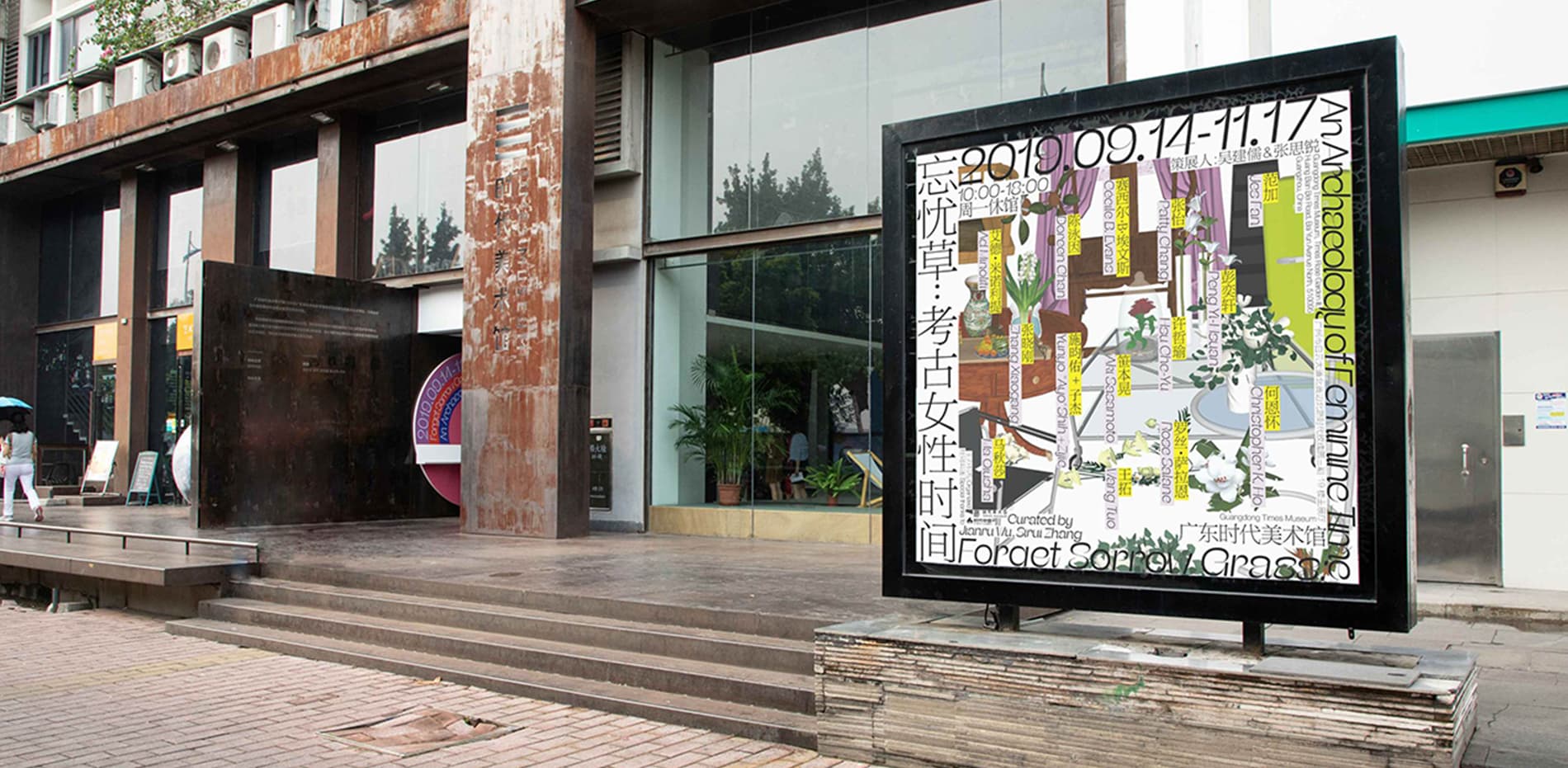
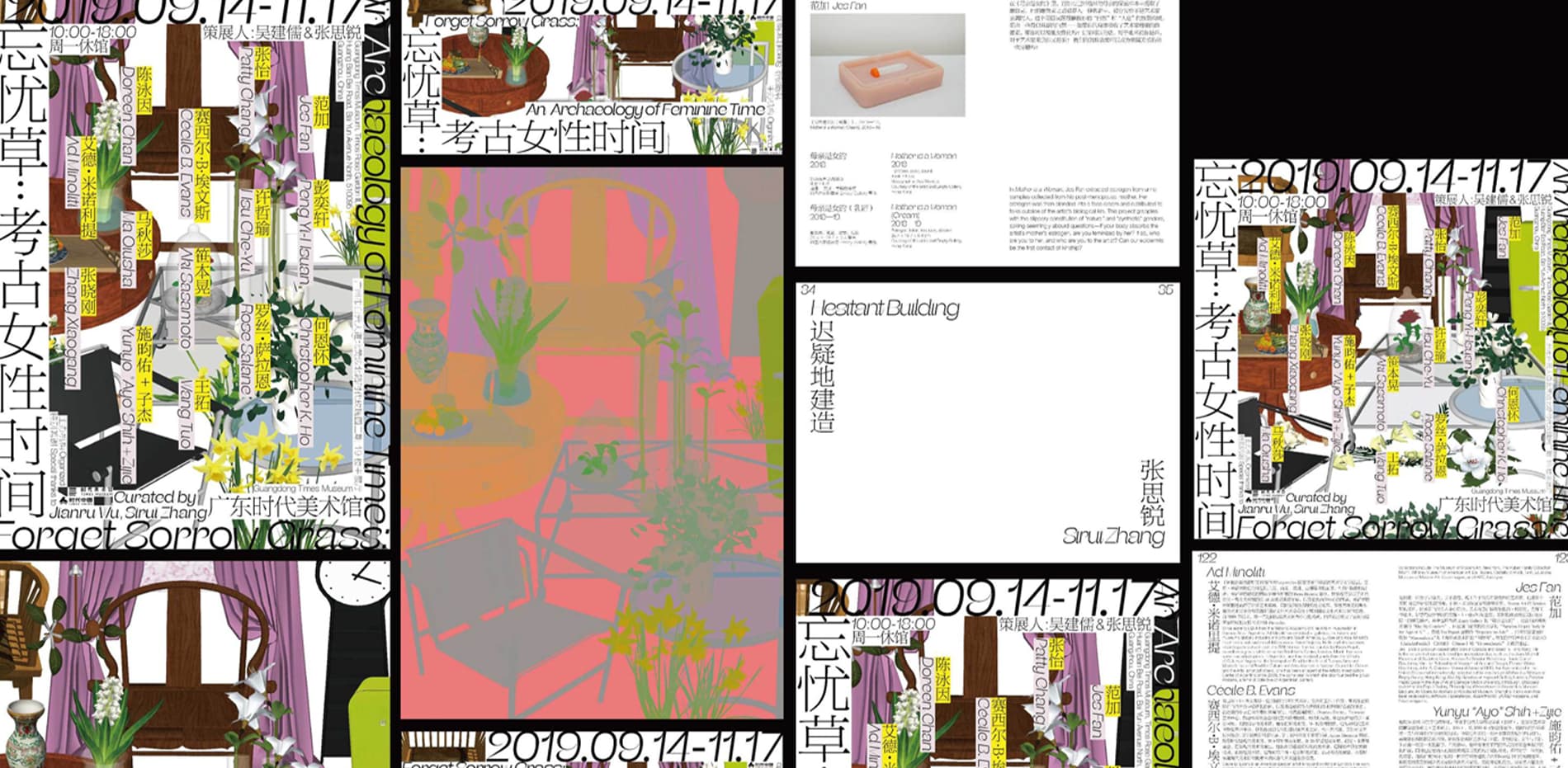
Göbekli Tepe is the site of the oldest known man-made structure in the world, a temple dating to circa 9600 BC, while Çatalhöyük is a very large Neolithic and Chalcolithic settlement in Anatolia, which existed from approximately 7500 BC to 5700 BC. It is the largest and best-preserved Neolithic site found to date. Nevalı Çori was an early Neolithic settlement on the middle Euphrates, in Şanlıurfa. The Urfa Man statue is dated c. 9000 BC, to the period of the Pre-Pottery Neolithic, and is defined as "the oldest known naturalistic life-sized sculpture of a human".
RRRRRRR
Taken as a whole, the Beatrice superfamily makes full use of the wide spectrum of optical sizes defined by the extrema of Display and Standard. All four styles share a common framework and contrast logic, with point sizes broadly determining each subfamily’s application.

Tuscany borders the regions of Liguria to the northwest, Emilia-Romagna to
Tuscany has a western coastline on the Ligurian Sea and the Tyrrhenian Sea, among which is the Tuscan Archipelago, of which the most significant island is Elba. Tuscany has an area of approximately 22,993 square kilometres (8,878 sq mi).
During the Republic's history, Florence was an important cultural, economic, political and artistic force in Europe. Its coin, the florin, was the dominant trade coin of Western Europe for large scale transactions and became widely imitated throughout the continent. During the Republican period, Florence was also the birthplace of the Renaissance, which is considered a fervent period of European cultural, artistic, political and economic "rebirth". Battles first began between the Cerchi and Giugni at their houses in the Via del Garbo; they fought day and night, and with the aid of the Cavalcanti and Antellesi the former subdued all that quarter: a thousand rural adherents strengthened their bands, and that day might have seen the Neri's destruction if an unforeseen disaster had not turned the scale. The Ghibellines were supporters of the noble rulers of Florence, whereas the Guelphs were populists. The Ghibellines, who had ruled the city under Frederick of Antioch since 1244, were deposed in 1250 by the Guelphs. The Guelphs led Florence to prosper further. Their primarily mercantile orientation soon became evident in one of their earliest achievements: the introduction of a new coin, the florin, in 1252. It was widely used beyond Florence's borders due to its reliable, fixed gold content and soon became one of the common currencies of Europe and the Near East. The same year saw the creation of the Palazzo del Popolo.
Florence's population continued to grow into the 13th century, reaching 30,000 inhabitants. As has been said, the extra inhabitants supported the city's trade and vice versa. Several new bridges and churches were built, most prominently the cathedral of Santa Maria del Fiore, begun in 1294. The buildings from this era serve as Florence's best examples of Gothic Architecture. Politically, Florence was barely able to maintain peace between its competing factions. The precarious peace that existed at the beginning of the century was destroyed in 1216 when two factions, known as the Guelphs and the Ghibellines, began to war. The Ghibellines were supporters of the noble rulers of Florence, whereas the Guelphs were populists. The Ghibellines, who had ruled the city under Frederick of Antioch since 1244, were deposed in 1250 by the Guelphs. The Guelphs led Florence to prosper further. Their primarily mercantile orientation soon became evident in one of their earliest achievements: the introduction of a new coin, the florin, in 1252. It was widely used beyond Florence's borders due to its reliable, fixed gold content and soon became one of the common currencies of Europe and the Near East. The same year saw the creation of the Palazzo del Popolo. During World War II the city experienced a year-long German occupation (1943–1944) being part of the Italian Social Republic. Hitler declared it an open city on 3 July 1944 as troops of the British 8th Army closed in.[33] In early August, the retreating Germans decided to demolish all the bridges along the Arno linking the district of Oltrarno to the rest of the city, making it difficult for troops of the 8th Army to cross. However, at the last moment Charles Steinhauslin, at the time consul of 26 countries in Florence, convinced the German general in Italy that the Ponte Vecchio was not to be destroyed due to its historical value. Instead, an equally historic area of streets directly to the south of the bridge, including part of the Corridoio Vasariano, was destroyed using mines. Since then the bridges have been restored to their original forms using as many of the remaining materials as possible, but the buildings surrounding the Ponte Vecchio have been rebuilt in a style combining the old with modern design. Shortly before leaving Florence, as they knew that they would soon have to retreat, the Germans executed many freedom fighters and political opponents publicly, in streets and squares including the Piazza Santo Spirito.
